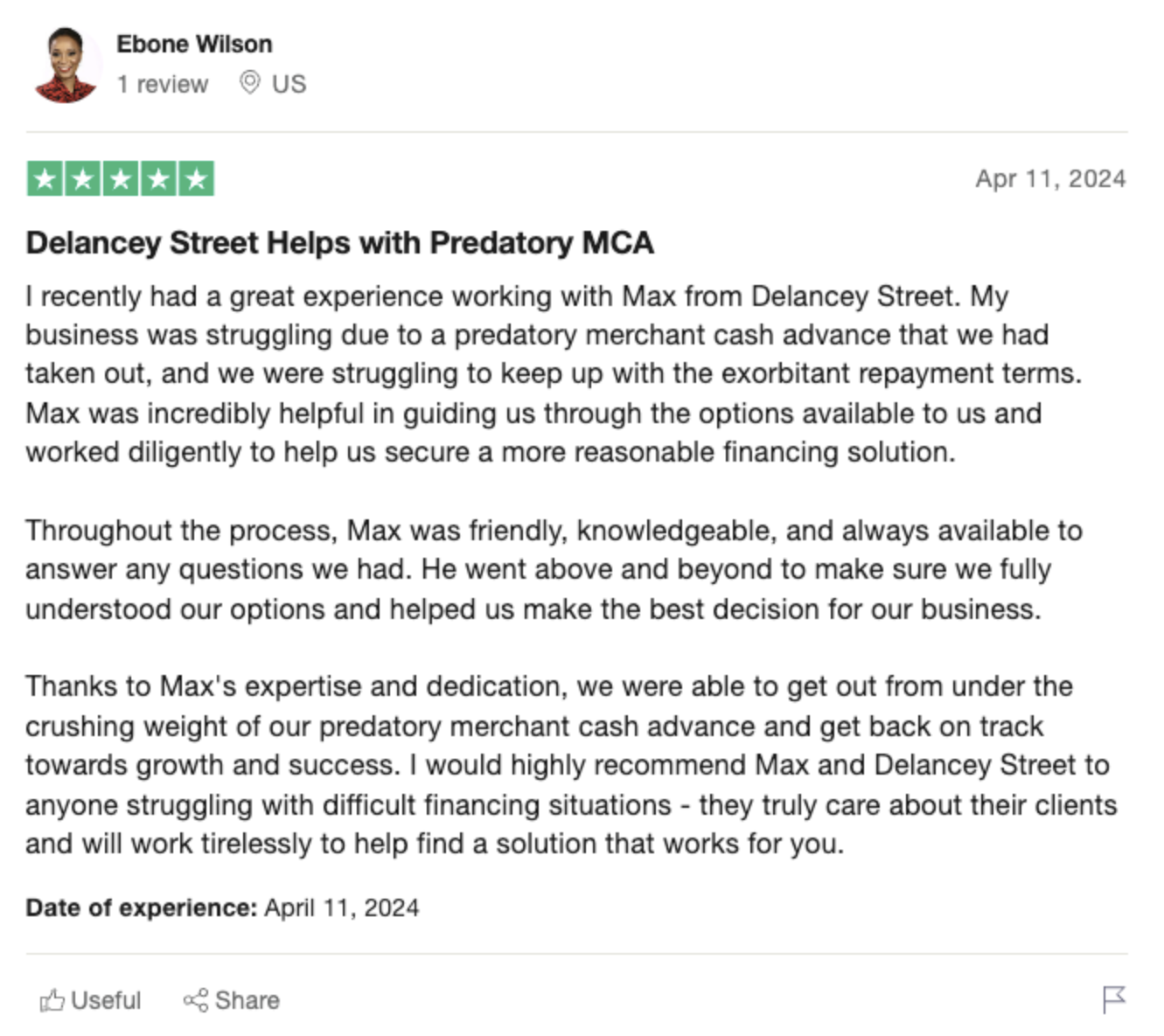Why Small Businesses Need Debt Relief Now More Than Ever
The last few years have been tough on small businesses. Between the pandemic, supply chain issues, inflation, and now a potential recession, many small business owners are struggling to keep their doors open. One of the biggest challenges is managing debt obligations that were taken on in better economic times. This is why small business debt relief programs are more vital than ever.
The Current Small Business Debt Crisis
According to a recent study, around half of small business owners say they are struggling with debt obligations, with 30% saying these obligations are negatively impacting their bottom line. The average small business has over $100k in debt, which can be crippling during tough economic times.Many small businesses had to take on additional debt and loans just to survive the pandemic. Government programs like the Paycheck Protection Program (PPP) and Small Business Association (SBA) loans provided short-term relief, but now that relief has run out and businesses are stuck with more long-term debt.On top of pandemic related debt, rising inflation and supply chain issues have cut into small business profits over the last year. Owners have had to take on even more debt just to cover operating expenses. Unless something changes soon, many may have to shut their doors for good.
 -
-How Debt Relief Can Help Small Businesses Survive
There are a few ways that small business debt relief can throw struggling owners a much needed lifeline:
Temporary Payment Freezes
By freezing loan payments for a set period of time, programs like the SBA Debt Relief Program give small businesses some breathing room. This allows them to focus cash flows on keeping the lights on instead of repaying debts.Temporary payment freezes typically last around 6 months. For many small businesses, this short-term relief can be the difference between staying open or having to shut down.
Lower Interest Rates
Besides payment freezes, many debt relief programs also lower the interest rates on small business loans. This reduces monthly payments when they do restart, freeing up cash flow for other operating expenses.For example, the SBA Debt Relief Program drops interest rates down to around 3.75% for eligible businesses. This can result in hundreds of dollars in monthly savings compared to higher rate bank loans.
Extended Repayment Timelines
Finally, small business debt relief often comes with longer repayment timelines. By adding months or even years to the payback schedule, monthly payments are further reduced to more manageable levels.Banks and other lenders are willing to offer these concessions because it allows them to recoup debts over time rather than forcing businesses into bankruptcy. This win-win arrangement helps small businesses stay afloat while creditors are eventually made whole.
 -
-Who Qualifies for Debt Relief?
In order to qualify for most small business debt relief programs, businesses need to meet certain eligibility requirements:
- Must be classified as a small business – This is defined by the SBA based on industry, number of employees, and annual revenues.
- Existing non-disaster SBA loans – This includes 7(a), 504, and microloans that were originated before the COVID pandemic. Disaster relief loans do not currently qualify.
- Loans originated after CARES Act – Small businesses can still qualify if they took out eligible SBA loans after the CARES Act in March 2020.
- Less than $5 million in assistance – Current small business debt relief programs have caps in place in terms of total loan amounts.
- In good standing – Businesses cannot be delinquent on payments or in default to qualify for relief programs.
As long as a small business meets these requirements and has eligible loan types, they can take advantage of deferred payments, lower rates, and longer repayment timelines.
Alternative Sources of Debt Relief
If a small business does not qualify for federal debt relief programs, there are some alternative sources of assistance:
- Banks and credit unions – Many banks have implemented their own small business relief programs, including deferred payments and discounted rates. Credit unions can also offer more favorable terms.
- Non-bank online lenders – Online alternative lending platforms like Kabbage provide more flexible repayment options tailored to revenue flows.
- Equity investors – Some private equity firms and investors provide capital in exchange for a small ownership stake, which helps ease cash flow constraints.
- Business credit cards – Issuers like American Express offer business credit cards with intro 0% APR periods. This can assist with interest costs in the short-term.
Time is Running Out for Small Business Relief
While the American economy still shows signs of strength in certain sectors, many small business owners are continuing to struggle. For those saddled with debt taken on over the last few unprecedented years, things look particularly bleak unless they get assistance soon.Debt relief programs serve as a vital lifeline – allowing businesses to temporarily reduce or pause payments so they can focus on operations rather than looming bills. This short term relief can be the difference between a small business surviving the next year or having to shut their doors for good.That’s why it’s critical for owners to determine eligibility and seek out debt relief assistance now. Programs are time limited, and the window to act is quickly closing. By seeking payment freezes, lower interest rates, and longer repayment timelines, small businesses can make it through this challenging economic period.The coming months promise to be difficult for many small business owners. But with the help of debt relief programs, they can hopefully come out the other side ready to thrive once again.







